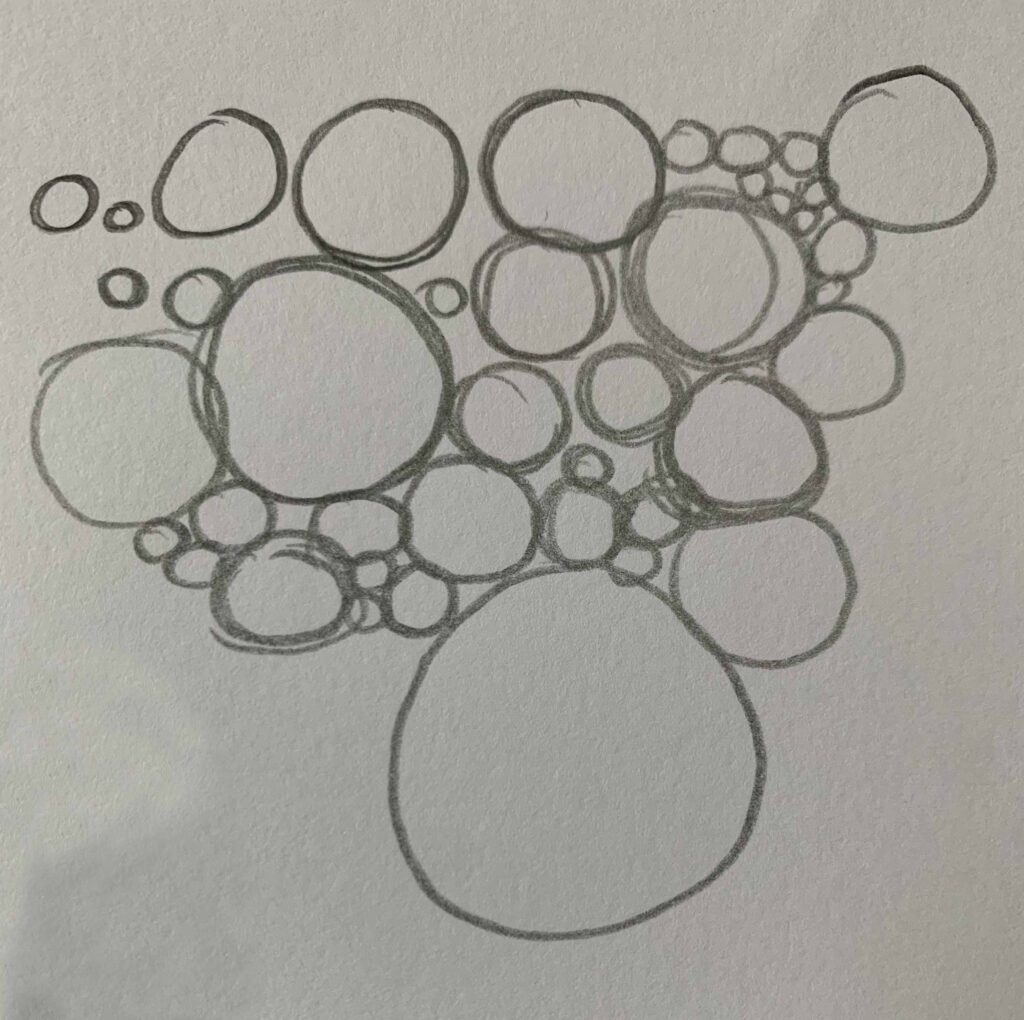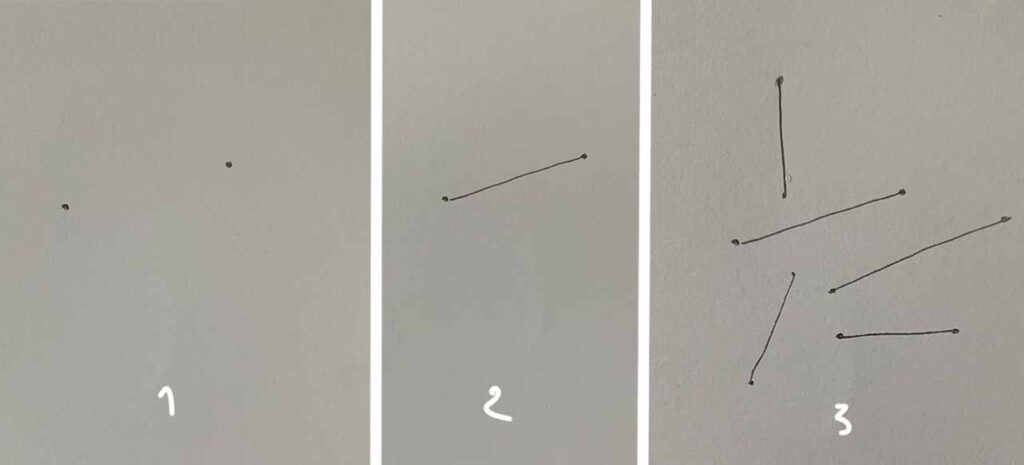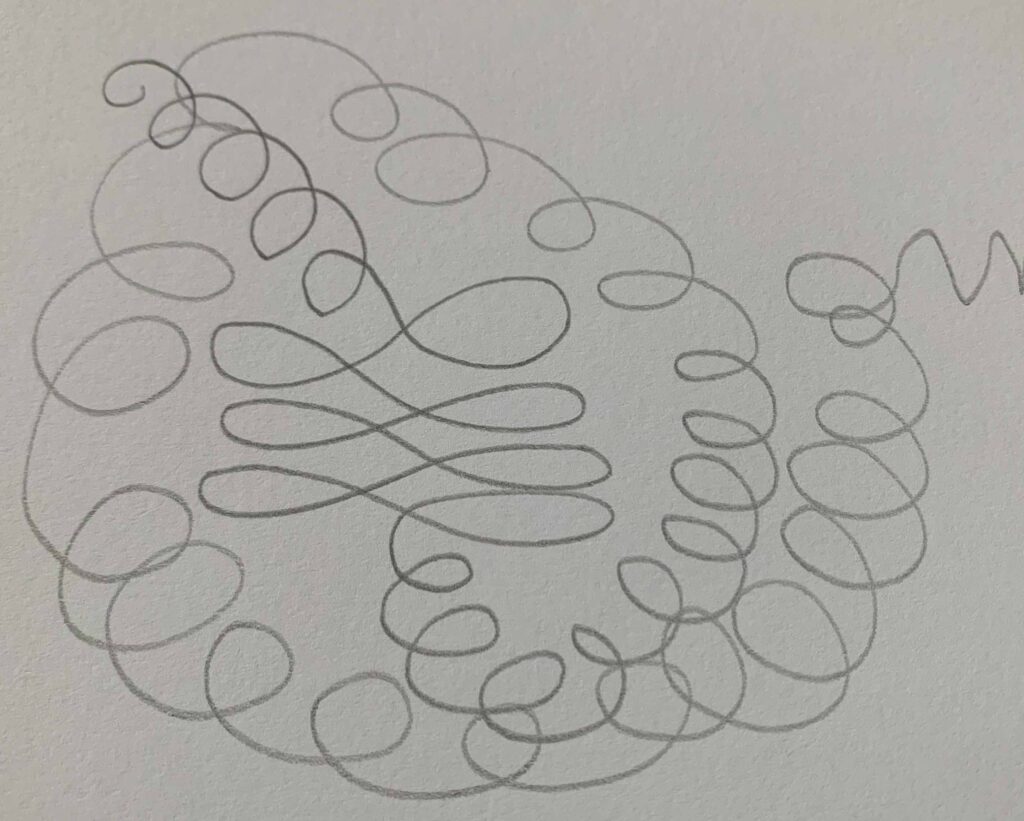Shaky hands can be a frustrating obstacle for any artist. Whether you’re just starting or are a seasoned professional, steady hands are crucial for precise brush strokes and detailed work. Luckily, you can practice brush control exercises to improve your brush control and reduce shakiness. Here are three effective methods to help you gain more confidence in your art.
There are little things that can be done to instantly stop your hands from shaking during art sessions and those are:
- Resting your elbow and arm on a table or a flat surface: Painting or drawing on your lap or on the couch will of course make your hands shaky because of lack of support. Make sure you have enough space to rest your elbow on a flat sturdy surface.
- Working on a bigger sketchbook or canvas: the smaller the paper you’re working on, the less room you have to move your hands and arms around which will cause you to shake.
- Loosen your grip: some artists grip their pens and brushes too hard, which often comes from being stressed and ends up in shaky lines.
With that being said, relax, give yourself enough space to work with, and keep on reading to figure out habits to implement in your routine that would actually help you on the long run. Here are some examples of brush control exercises starting with a warm-up.
3 Brush Control Exercises
1. Warm-Up exercises
Before diving into your main artwork, spend a few minutes warming up your hands and fingers. These exercises are designed to get your muscles moving and reduce tension.
Circle Drawing:
- On a blank piece of paper, draw circles of various sizes.
- Start with large circles and gradually make them smaller.
- Focus on making smooth, continuous lines.

Line Practice:
- Draw straight lines across your paper, keeping them parallel.
- Practice drawing both short and long lines.
- Gradually increase your speed while maintaining control.

Wave Patterns:
- Create wave-like patterns across your paper.
- Focus on maintaining a consistent flow and rhythm.

I have a whole article dedicated to drawing warm-up exercises you need before every art session. It is extremely important to train your hands and mind to the actual act of mark-making before drawing an actual artwork.
2. Strengthening and Stretching Exercises
Building strength and flexibility in your hands and fingers can greatly improve your control over the brush.
Finger Stretches:
- Spread your fingers as wide as possible and hold for a few seconds.
- Bring your fingers together and make a fist, then stretch them out again.
- Repeat this exercise several times.
Grip Strengthening:
- Squeeze a stress ball or a soft object repeatedly.
- Use a hand exerciser to work on your grip strength.
- Practice holding your brush in different ways to find the most comfortable grip for you.
Wrist Rotations:
- Rotate your wrists in circular motions, both clockwise and counterclockwise.
- Do this slowly and gently to avoid straining your wrists.
3. Mindfulness and Relaxation Techniques
Sometimes, shaky hands are a result of stress or anxiety. Incorporating mindfulness and relaxation techniques can help you maintain steady hands.
Deep Breathing:
- Take deep breaths in through your nose and out through your mouth.
- Focus on your breathing to calm your mind and body.
- Practice this before starting your art session.
Progressive Muscle Relaxation:
- Tense each muscle group in your body for a few seconds, then release.
- Start from your toes and work your way up to your head.
- This helps release tension and improves overall relaxation.
Mindful Drawing:
- Spend a few minutes drawing simple, repetitive patterns like dots, lines, or spirals.
- Focus on the act of drawing itself rather than the end result.
- This can help you enter a state of flow and reduce anxiety.
Conclusion
By incorporating these exercises into your routine, you can improve your brush control and create more precise, detailed artwork. Remember, consistency is key—practice these techniques regularly, and over time, you’ll notice a significant improvement in your steady hand control. Enjoy creating <3


